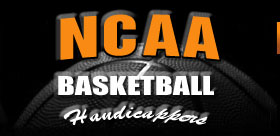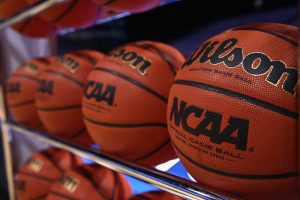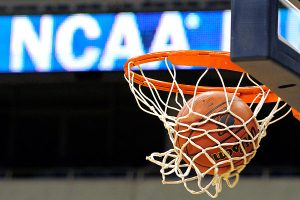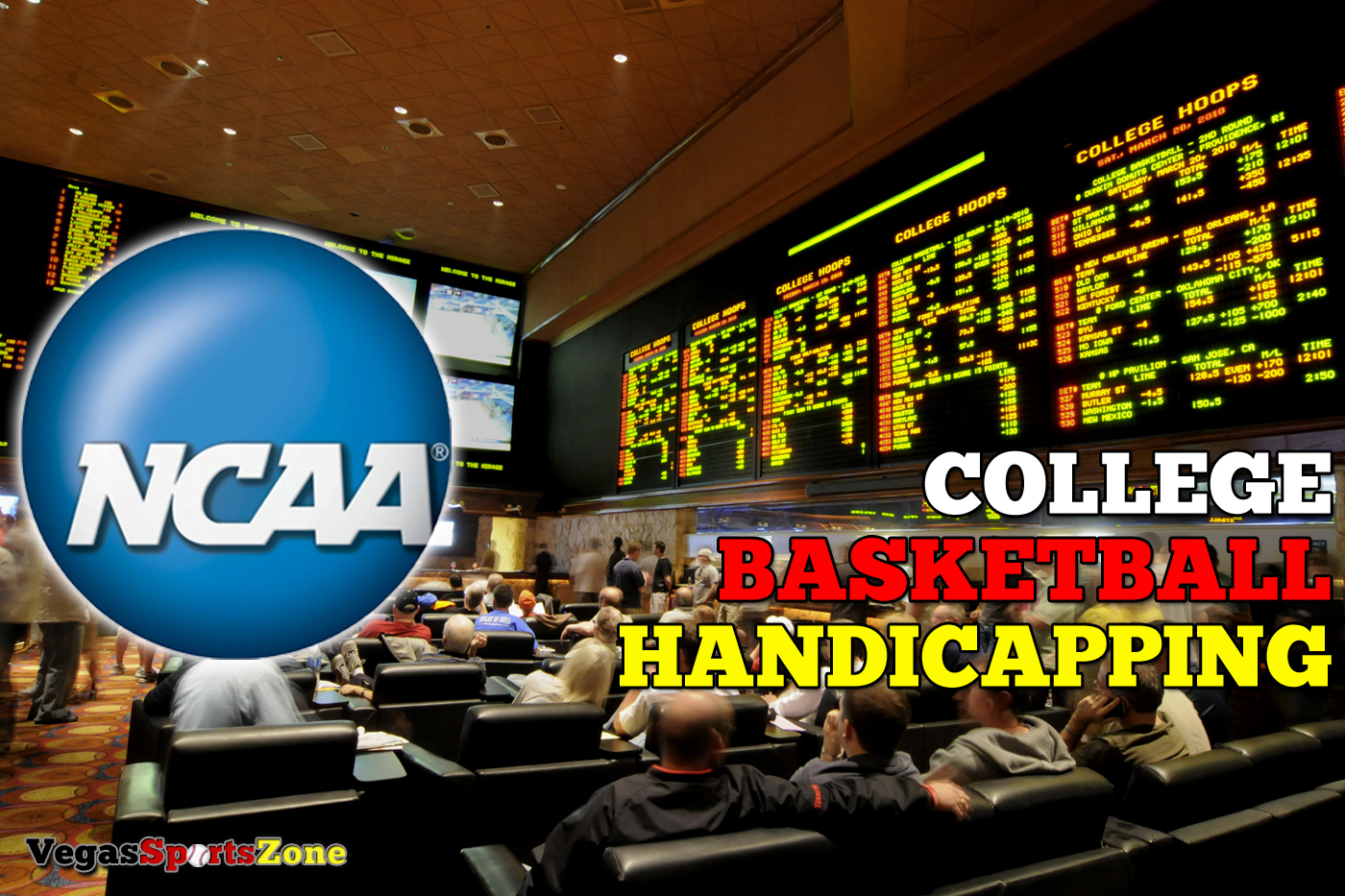Handicapping Lessons and Insight on Close Calls ATS
College Basketball Betting Results and Statistics
It’s been more than 30 years since the advent of the 3-pointer and the shot clock changed the face of college basketball. The 3-point shot has allowed teams to overcome larger deficits and created tremendous excitement for the game. However, handicapping a team’s ability to make outside shots on a given night can become a bit frustrating at times with such variance. Same with number of fouls and free throws as officiating plays an uncontrollable part. Sometimes that’s the advantage of home court.
On Jan. 18, we had the UAB Blazers (+7) at Western Kentucky (WKY). The game closed plus-6. The Blazers were 13-5 and 4-1 in Conference USA at the time and leading the league with a double-digit scoring margin (less in  conference play). In Conference USA contests, the Blazers were leading the league in FG% and more importantly, holding league opponents to less than 40% FG – defensive dominator status. Add in the league’s No. 2 team in both assist/turnover ratio and rebounding margin, who would out-rebound WKY on both the offensive and defensive glass, and it looked good for our most competitive road ‘Dog. UAB hit 8/19 trifecta’s to just 3/15 from the arch for WKY, took nine more FG attempts and hit a respectable near 45% from the field, had a 17-9 assist advantage and 11 turnovers, which were not out of line.
conference play). In Conference USA contests, the Blazers were leading the league in FG% and more importantly, holding league opponents to less than 40% FG – defensive dominator status. Add in the league’s No. 2 team in both assist/turnover ratio and rebounding margin, who would out-rebound WKY on both the offensive and defensive glass, and it looked good for our most competitive road ‘Dog. UAB hit 8/19 trifecta’s to just 3/15 from the arch for WKY, took nine more FG attempts and hit a respectable near 45% from the field, had a 17-9 assist advantage and 11 turnovers, which were not out of line.
But what was ridiculously out of line was the shot differential at the stripe (free throw line). Our UAB team controlled the boards yet had just three free throw attempts for the entire game (3-for-3). Western Kentucky got to the line 29  times and made 20. That’s called ‘home cookin’, and a severe discrepancy in fouls and getting to the free throw line. Western Kentucky won by 8 points 77-69 in a game in which UAB took the lead in the second half, led by 6 with less than eight minutes remaining and 67-65 inside of the four minute media timeout. The Blazers then went scoreless until cutting it to six with 14 second remaining and losing the cover on a dunk in the closing seconds. UAB missed a final 3-point attempt.
times and made 20. That’s called ‘home cookin’, and a severe discrepancy in fouls and getting to the free throw line. Western Kentucky won by 8 points 77-69 in a game in which UAB took the lead in the second half, led by 6 with less than eight minutes remaining and 67-65 inside of the four minute media timeout. The Blazers then went scoreless until cutting it to six with 14 second remaining and losing the cover on a dunk in the closing seconds. UAB missed a final 3-point attempt.
This was not a march to the free throw line in the final minutes either, as WKY had four FT attempts in the final 3 ½ minutes. It was just a one-sided foul fest against the visitors, as UAB had 22 fouls called on them to just 7, for the entire game, against Western Kentucky.
These are not uncommon results, as close contests both straight-up (SU) and especially against-the-spread (ATS) happen in approximately 40% of all college basketball games as I’ll outline below. These ‘coin flip’ results are just  something we have to understand and deal with emotionally while not letting it impact our ability to move to the next game and handicap in a clear and meaningful way with a purpose to find edges, value and work towards profit.
something we have to understand and deal with emotionally while not letting it impact our ability to move to the next game and handicap in a clear and meaningful way with a purpose to find edges, value and work towards profit.
UAB would suffer another very tough Conference USA loss two days later at Marshall as a 1-point ‘Dog in overtime, 86-78. The Blazers (4-3) are now trailing both Western Kentucky (6-1) and Marshall (5-2) in the league standings.
On that same Saturday night Jan. 20, we took a small position on the Boise State Broncos (+6.5) in the key Mountain West showdown for first place at Nevada. I was researching and writing up the game Friday night when the lines were released and opened Nevada -5.5. Saturday morning the lines were -6.5 at many leading offshore sportsbooks, and closed both 6.5 and 6 in many shops. Nevada (18-3/7-0), with some key transfers, has just cracked the AP Top-25 poll and is a mid-major power for the second year in row as they shoot for another Mountain West regular season and conference tournament title and second-straight trip to the NCAA Tournament. In a tight game throughout in which Nevada never led by more than 6 points, the defending league champs prevailed on their strong home court 74-68. Boise State (16-4/6-2) out-shot Nevada (42%-40% FG), out-rebounded them on the offensive glass and total (37-34), but the Broncos made just 3-of-21 shots from beyond the arch. Another example of variance in outside shooting and the difficulty in handicapping a team’s ability to make outside shots on a given night.
The importance of getting the best number couldn’t be more paramount in that Nevada/Boise State contest, as on a day when there were 111 lined college basketball games on Saturday, Jan. 20, a total of 11 fell within 1-point of the  point spread and nine games went to overtime with some of those not falling within 5-points of the line. College basketball games that land within 1-point of the betting line will usually be near 10% of all games across a season. And games which land within 5 points of the line is near 40-42%. On Saturday, Jan. 20 it was right in that range as 45 of the 111 games fell within 5-poitns of the betting line including the two I mentioned above. The previous Saturday, Jan. 13 had 42-of-101 games land within 5-points of the betting line (42%) and 15 land within 1-point of the spread, creating even more very close ATS results.
point spread and nine games went to overtime with some of those not falling within 5-points of the line. College basketball games that land within 1-point of the betting line will usually be near 10% of all games across a season. And games which land within 5 points of the line is near 40-42%. On Saturday, Jan. 20 it was right in that range as 45 of the 111 games fell within 5-poitns of the betting line including the two I mentioned above. The previous Saturday, Jan. 13 had 42-of-101 games land within 5-points of the betting line (42%) and 15 land within 1-point of the spread, creating even more very close ATS results.
In conference games, these close ATS results can be slightly higher. We must also note that in college basketball games in January with conference play in full swing, the overall results and final scores are landing within an average of 7-8 points of the betting line, whereas in November and December, it was near 9-points away from the point spread and less than 36% of all games landed within 5-points of the betting line. That’s why the sharpest bettors bet early season college basketball as the lines are not as sharp and information on teams is most important if you’re on top of your own game and handicapping. And it’s also why at this time of year utilizing and understanding situational handicapping, scheduling, statistical profiles, coaching and now second meets and late season home court and edges are so important as you isolate specific situations and parameters and shop for value and the best numbers.
This happens annually in college basketball, as not only are the lines sharper from the bookmaker in January and February than earlier non-conference and holiday tournament play, but the conference games are often more competitive and more meaningful.
I’ll save totals and that betting discussion for another time, but pace and style of play is part of handicapping a match-up and college basketball too. So is making adjustments and recognizing the impact of new rules including the 30 second shot clock from over a year ago that has allowed more freedom of movement but benefitted the more athletic teams. That’s’ not to say it’s all good for the game.
But as we go from the different phases of the season and alter our handicapping and approach through non-conference games, to phase 2 of conference play to phase 3 starting the end of February with conference tournaments, and then the final phase of the NCAA tourney and other post season tournaments starting in mid-March, we must be prepared for the swings in momentum and the emotional impact of both winning and losing streaks and close ATS results.
Through it all, we use our experience and insight, look for value and try to get the best lines while continuing our pursuit of profit by evaluating the many fundamental, statistical, situational, and technical factors (patterns, ATS results). Recognizing key or impactful injuries like the one in that that big Mountain West match-up above, and learning over time the coaching personalities and profiles that can give us an additional edge and may impact our plays, is all part of the process.
Article posted at osga.com.

 Twitter
Twitter Facebook
Facebook